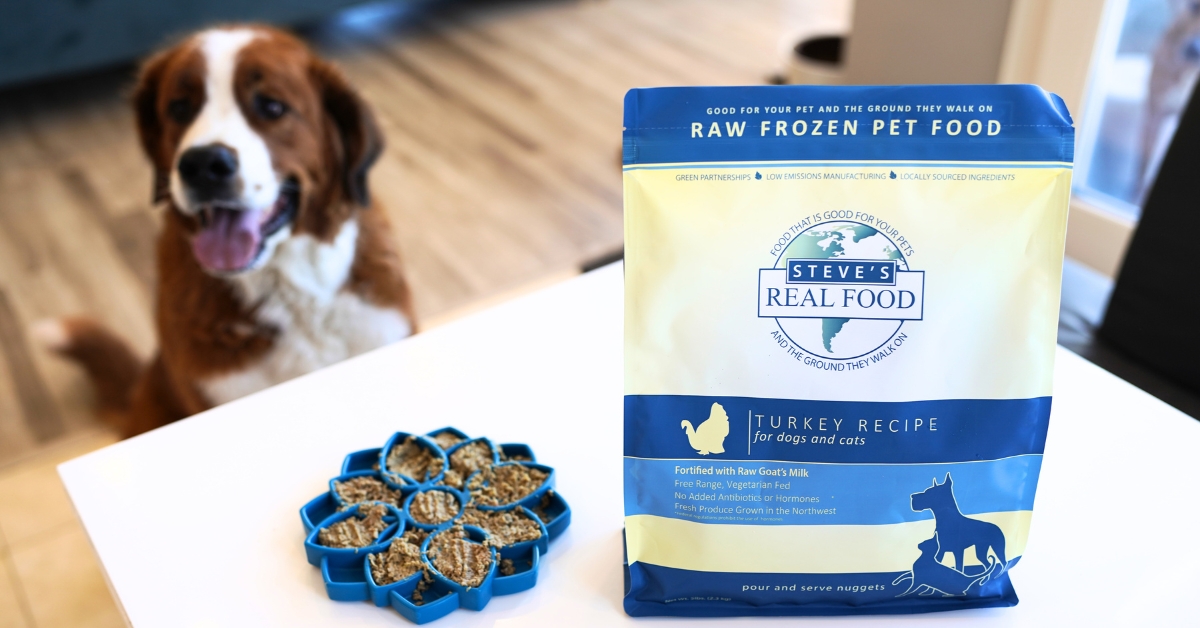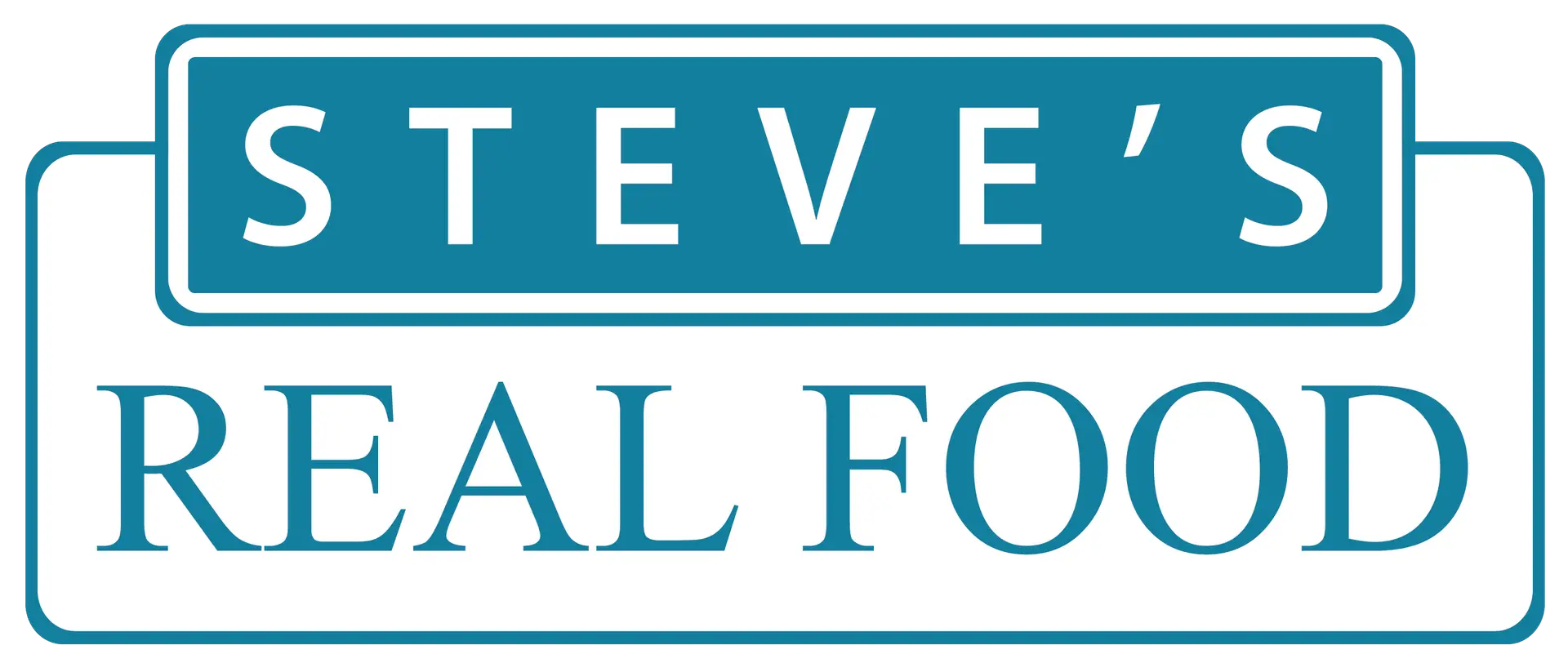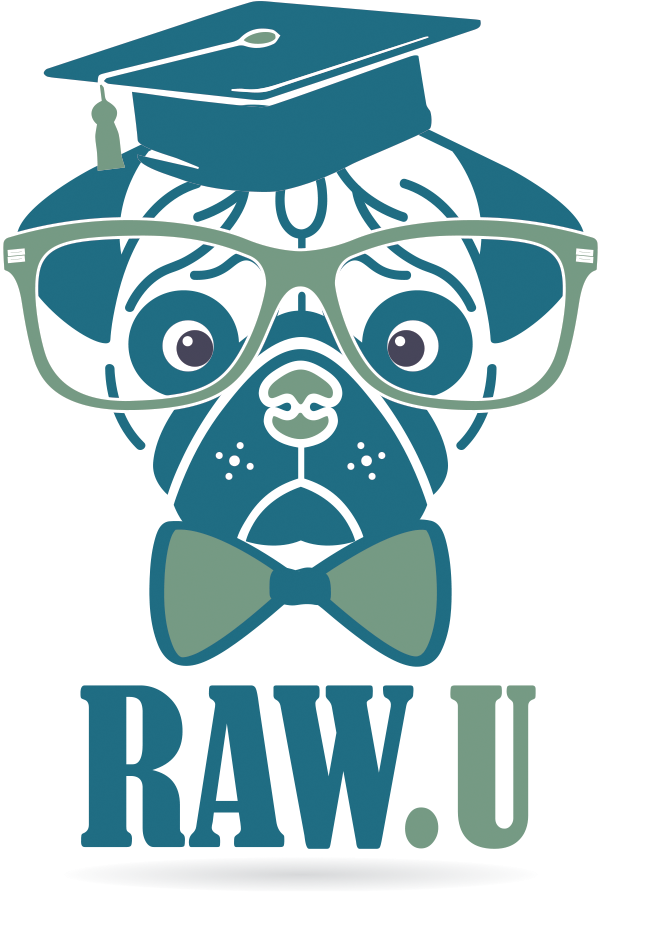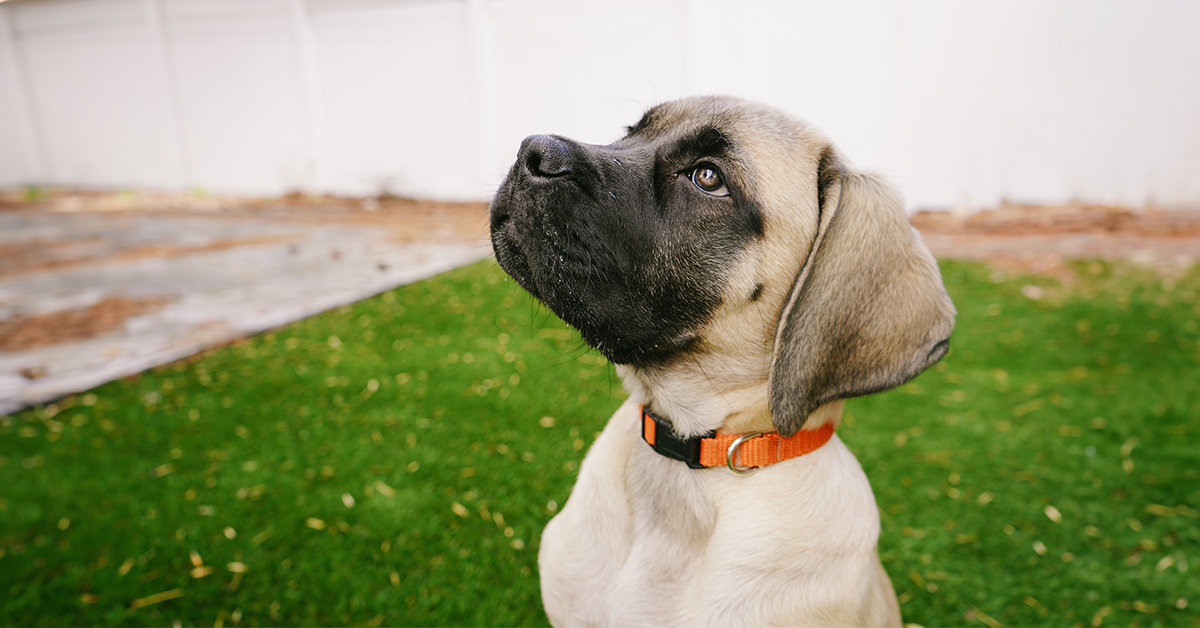Commercial pet food is a little over a hundred-year-old practice. You may wonder how we went from feeding table scraps to processed kibble in such a short time. Let’s review.
1860: Fibrine Dog Cake
For ages, pets hunted and ate scraps from the table. This changed in 1860 when an electrician named James Spratt was visiting London to sell lightning rods. He was fascinated when he saw dogs at the docks waiting for sailors to throw them stale biscuits. Looking for business opportunities, he invented the fibrine dog cake. The biscuits were similar to what the sailors threw out, with the addition of vegetables, beetroot, and meat. He targeted an elite crowd with his advertising and utilized new marketing techniques like billboards. Fibrine dog cakes were one of the most heavily advertised products of the 20
th century. The company pioneered the concept of life stages. In
1907, another company started competing, and they introduced Milk-Bones.
1918: Dog Food Made of Horse Meat
In 1918, WWI just ended and technology like cars and tractors eliminated the need for horses. This created a surplus of horses. A man named PM Chapel saw the opportunity to buy up cheap horse meat and sold the first canned dog food under the brand name
Ken-L-Ration. They promoted their food as using lean, red, government-inspected meat. This food was heavily advertised and is known for their jingle “My dog is bigger than your dog” and even sponsored Disney Land’s pet motel called Ken-L-land.
1941: Dry Dog Food
In WWII, necessity became the mother of invention for the pet food industry. All available metal was sent for the war effort. The metal used to make cans for dog food was no longer available. Companies innovated to keep up with demand and found that by using by-products from cereal manufacturers they could a shelf-stable food that could be sold in bags. This led to the first dry food for dogs. The ability to create a dry, cheap food with a high-profit margin began attracting larger corporations to the pet food industry. By this time, more people were taking notice and were sold on the convenience. It only took roughly 45 years for pet food companies to convince people that pet food should be the only food your pet should eat, and that dry kibble was a healthy option for a pet in the 1950s.
1956: First Kibble Produced through Extrusion
General Mills acquired Spratt’s in 1950, and Purina entered the dog food market in 1956 with the first kibble. Purina previously had been selling food for farm animals that was plant and grain-based for pigs and chickens. In 1959, they acquired the American Crab Meat Company, who made the pet food called 3 Little Kittens. Although the pet food didn’t contain any crab, it did market itself as balanced, noting that it was the only cat food that included 16 nourishing ingredients, including more proteins, vitamins, and minerals than milk itself. This was the first time a balanced food was marketed requiring additional vitamins and nutrients. Purina began experimenting and developed the first dry kibble through the process of extrusion. Extrusion is a method of mass-producing shelf-stable foods by mixing wet and dry ingredients together and then fed through a machine where it is subject to extreme heat and pressure and fed through a die-cutting machine to form the kibble shapes we are familiar with today. Extruded food products are commonly coated after drying with fat such as chicken, pork, and lard to increase palatability and energy supply. Many companies still use extrusion to create food for dogs and cats. The downside?
The extreme heat and drying remove beneficial vitamins, nutrients, and moisture that pets need to truly thrive.
1968: Veterinary Diets
Another generation of pets later,
major preventable diseases like kidney and liver failure were so prevalent that companies could market their food as a solution to these issues. This led to another trend in pet food manufacturing, the veterinary diet. Jean Cathary, a French veterinary surgeon, pioneered the idea of veterinary diets and used his own concoctions to treat pets. He registered his food with the trademark Royal Canin, and Hills’ Science Diet followed shortly after in the USA.
1970-2000s: Pet Food Industry Boomed
By the 1980s and continuing into the 90s, Hill’s diversified and created many prescription diets for kidney failure, liver failure, and weight management. The pet food industry boomed with more and more options driving
pet food companies to cut corners to remain competitive in a flooded market. Not unrelated was the rise of the vet industry. In 1940, there were only 10 vet schools in the USA, but today there are over 30 schools pushing out thousands of veterinarians sponsored by big kibble companies.
1998: Steve Brown Develops the First Raw Pet Food
Steve Brown was a pioneer in the raw pet food industry. Steve started with dogs treats and they did so well that he expanded to pet food. Steve used his nutritional background knowledge from working with dog treats to develop a pet food formula based on European standards of nutrition and the BARF diet. Steve developed the very 1
st raw pet food in the U.S.A on the market, and it was quickly adopted by holistic vets like
Karen Becker. He did not use traditional marketing but instead focused on education to generate sales, and years later sold the company.
2007: Melamine and Jerky Causes Thousands of Pet Deaths
By now, many companies are sourcing cheap rice and wheat from China to cut costs, and without any government regulation for quality control. In 2007, an outbreak of sickness and death began to occur. The renal diseases that were making pets sick and killing them were traced back to
melamine contamination, which was being added to pet food by Chinese manufacturers to doctor protein content results. Over 270 deaths were tied back to renal failure caused by melamine, and 5,300+ brands were forced to recall their products causing mistrust in big kibble companies.
Another tragedy for American dogs was traced back to China, happened with
jerky treats made with chicken that caused hundreds of deaths. Consumers began alerting the FDA to illness the same year as the melamine outbreak. There were a documented 1,000+ deaths from the treats, but it took 5 years to get a recall on the products – and no action was taken until 2012.
2011: Food Safety Modernization Act (FSMA)
The first pet food safety laws passed in 70 years attempted to reduce contamination before illness can occur.
It was a good-intentioned sweeping change for the industry, but not all for the better. It established the authority of the FDA to be able to force pet food companies to recall unsafe products.
FSMA was good but also caused problems; for example, in attempt to prevent lost profit and consumer confidence, more companies are adding chemicals and other additives to provide taste, appearance, and shelf life further denaturing and abusing the food they provide to customers. This trend affects humans and pets alike.
Present Day: Steve’s Real Food
Since that time, Steve’s Real Food has continually worked to create the perfect raw food diet for your pet. We have made our company successful by providing the highest quality products available on the market at a reasonable price. As we go forward in our raw food journey, Steve’s plans to stay true to our core values of offering a quality product that can truly improve our pet’s life, and not prioritize profits over pets.
